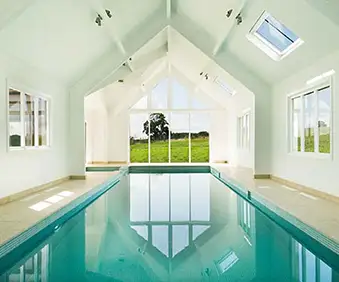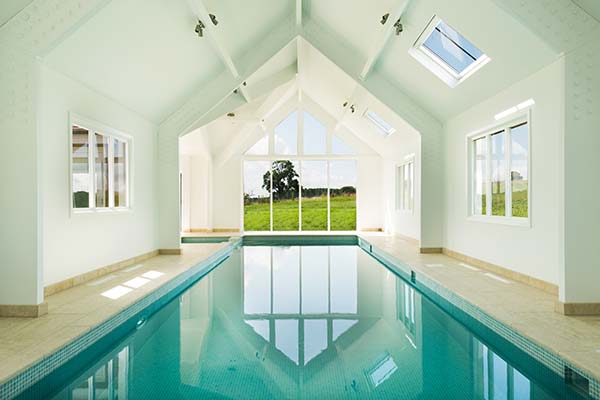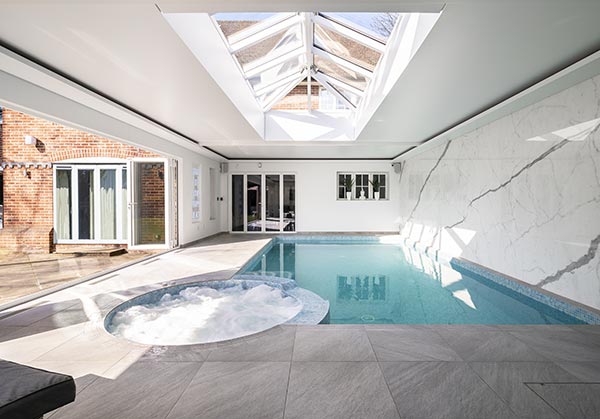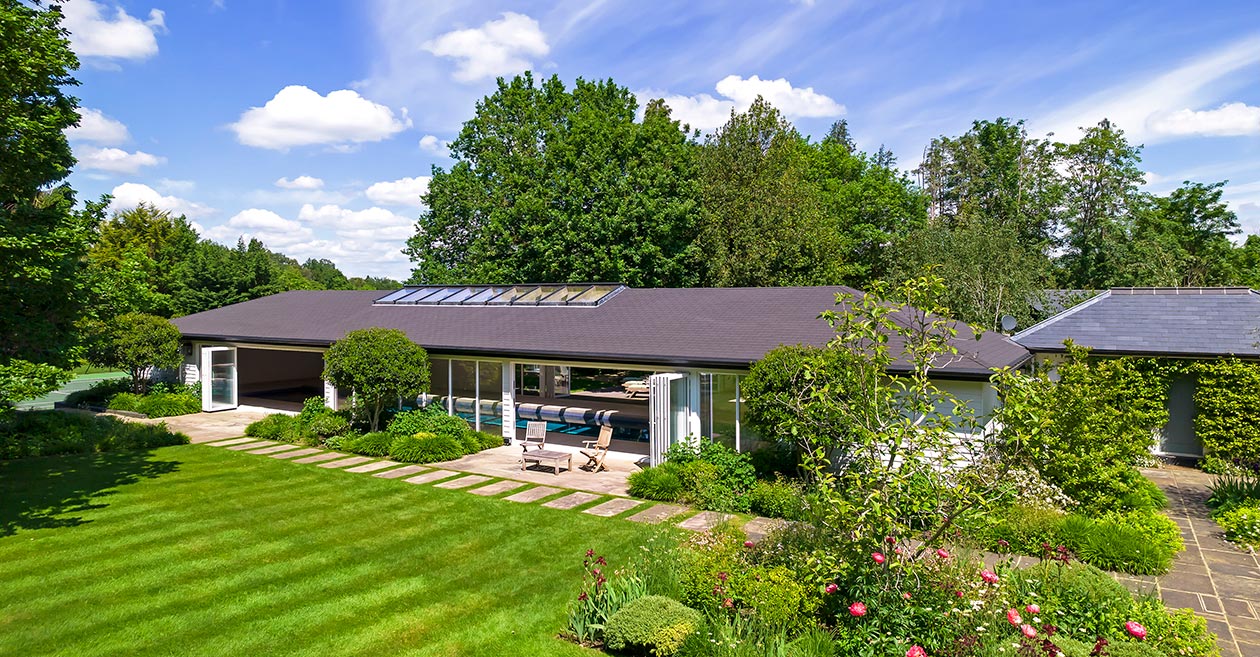
An indoor swimming pool is a popular choice for families seeking fitness, health, and quality time together. Not only does it offer a luxurious lifestyle upgrade, but it also provides an excellent return on investment. However, creating your dream indoor pool design requires thoughtful planning to maximise value and enjoyment. It’s very easy for an architect or inexperienced designer to plan a lavish, generously proportioned indoor pool building that looks fantastic, incorporating a gym, bar, spa, sauna and steam room, only to find out when it reaches the pricing stage it is more than what a client wants or could spend. Here are five essential indoor pool design ideas to help you save money while achieving your vision
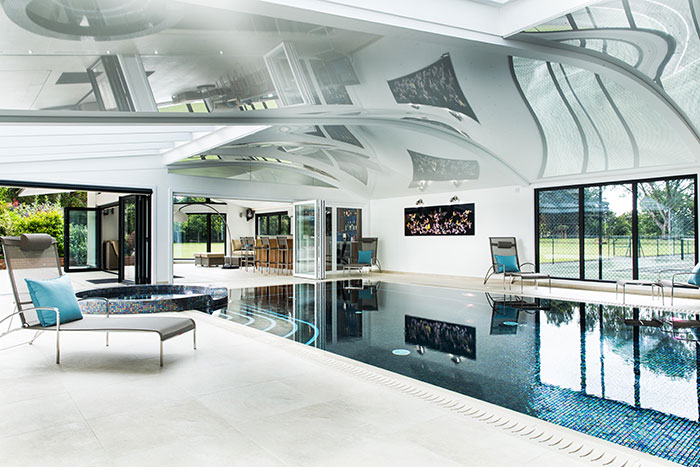
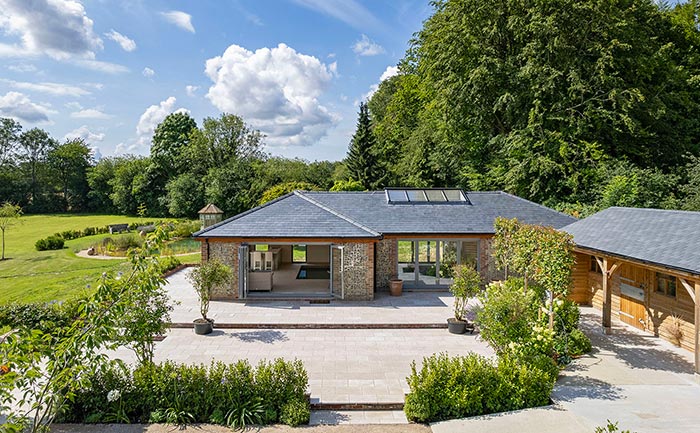
1. Right-Sizing Your Pool
When considering your indoor pool design, size matters. A larger pool may seem impressive, but it also comes with substantial construction and operational costs, with the size of the indoor pool house itself having the most significant impact on the overall budget. For most families, a 10-meter pool perfectly balances fun and efficiency. This length is the national average for indoor pools, catering to family activities and general exercise. Additionally, incorporating high-end swim devices, such as the Velocity or Fastlane, can enhance your swimming experience without requiring a larger pool. These devices allow you to swim against a current, making your indoor pool versatile and efficient while reducing heating and operational costs.
2. Connected or Stand-Alone Design
Deciding whether to connect your indoor pool to your home or build a stand-alone structure can substantially impact costs and construction time. Stand-alone indoor pools typically offer cost savings due to simpler finishes and quicker construction timelines. In contrast, connecting your pool to your home introduces complexities like additional vapour control, access to the pool area and matching finishes with your home, which can inflate your overall budget. Consider your preferences and weigh your options carefully based on your lifestyle and financial considerations.

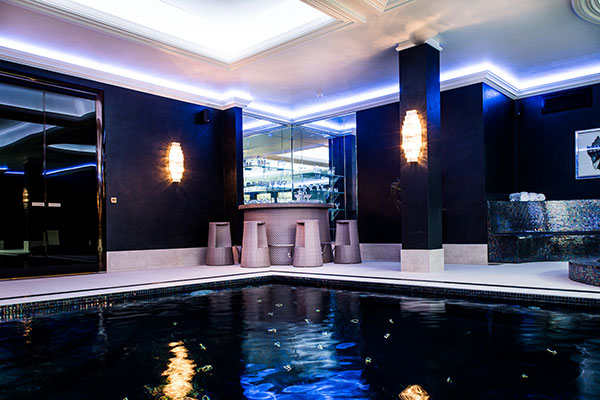
3. Focus on Essentials
When designing your indoor pool, it's vital to prioritise features that genuinely enhance the space. Consider the essential amenities, such as a sauna or a gym area, that align with your family's lifestyle. Each additional feature will increase fit-out costs and the overall construction footprint, so including what matters most from the outset will keep your project within budget.
4. Energy-Efficient Pool Covers
Investing in a quality pool cover is a must for any indoor swimming pool. A good cover helps retain heat and significantly reduces running costs. While basic bubble covers may be budget-friendly, investing in an automatic slatted cover enhances safety and insulation, though at a higher upfront cost. For those looking for a sleek, hidden solution, underwater housing with a slatted cover can be an attractive but more expensive option. Remember, the right cover will lead to lower operational expenses in the long run, making it a smart investment.
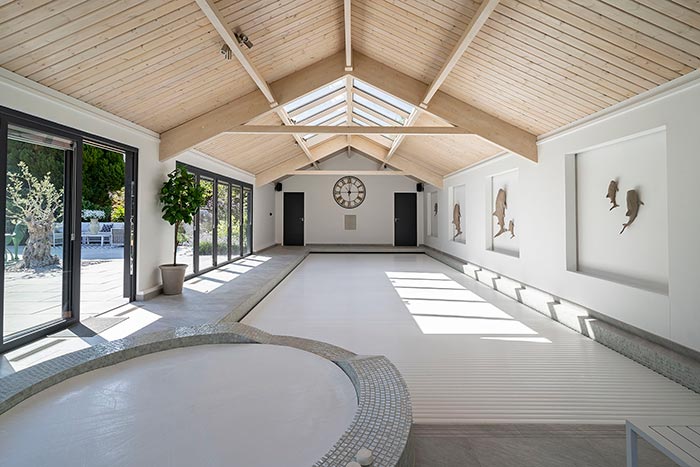

5. Thoughtful Roof Glazing
Incorporating roof glazing into your indoor pool design can create a bright and inviting atmosphere filled with natural light. However, balancing the benefits with potential heat loss is essential, as additional glazing can increase construction and ongoing energy costs. Consider your location and sun exposure to decide how much glazing to incorporate into your design.
When embarking on your indoor pool project, it is crucial to seek guidance from experienced professionals who understand the intricacies of indoor swimming pool design and the structural elements involved. At Origin, we specialise in tailored indoor pool designs that meet your specific needs, preferences, and financial goals. Our team will provide clear guidance on the best design options and accurate budgeting to ensure your indoor pool project is a smart, enjoyable investment.
If you're ready to explore your indoor pool dreams, don't hesitate to contact Origin for expert advice or to schedule a free feasibility report.
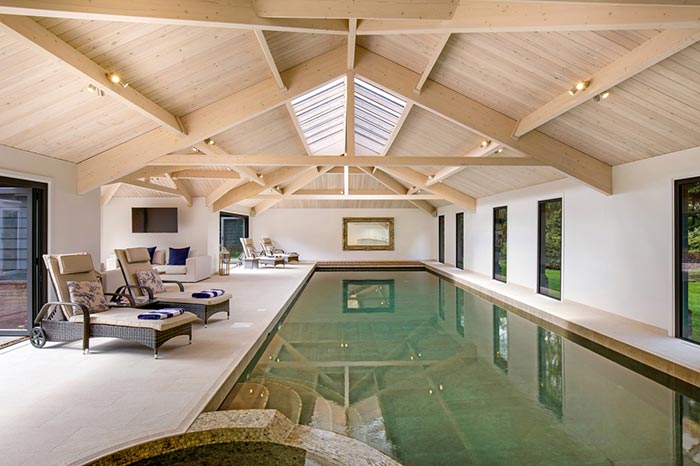


 Locations Covered
Locations Covered
